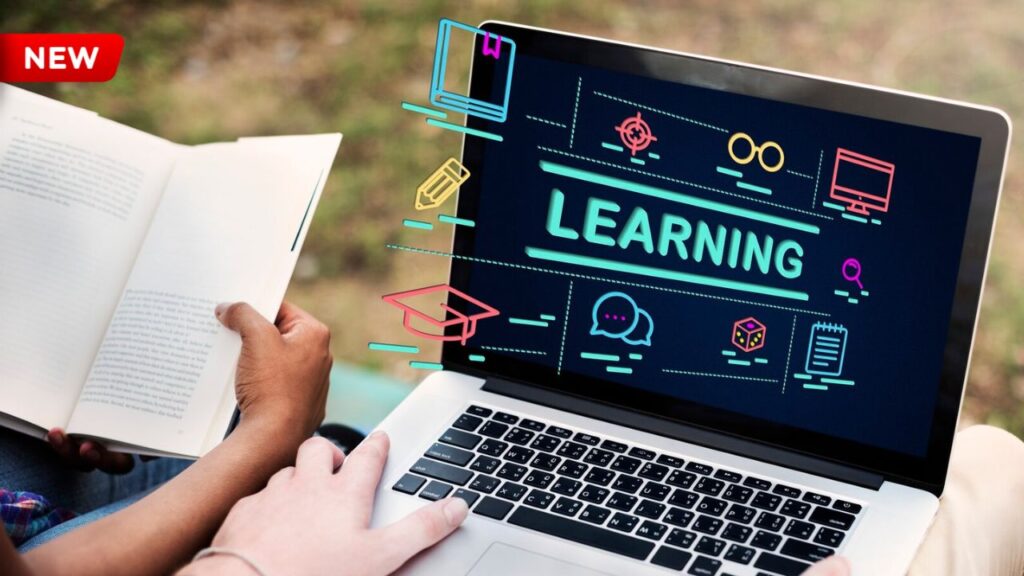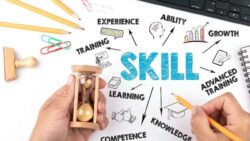The rise of technology has transformed the landscape of secondary education, with online learning platforms becoming an integral part of modern classrooms. In 2025, schools across Australia are increasingly adopting digital tools to enhance teaching, improve student engagement, and provide flexible learning opportunities. These platforms are helping students access resources anytime, collaborate with peers, and develop skills critical for the 21st century.

Integration of Digital Tools in Classrooms
Secondary schools are leveraging online learning platforms to integrate technology directly into daily lessons. Interactive modules, virtual labs, and multimedia resources allow students to explore complex subjects in a hands-on way. Teachers can track student progress, personalize learning plans, and provide instant feedback, ensuring that students stay motivated and supported throughout their studies.
Benefits of Online Learning Platforms
Online learning platforms provide significant advantages for both students and educators. Students can access courses from anywhere, engage in self-paced learning, and collaborate on group projects using digital tools. Teachers benefit from streamlined lesson planning, performance analytics, and enhanced communication with students and parents. This trend supports individualized learning, helping students achieve better academic outcomes and develop skills essential for higher education and future careers.
Hybrid Learning Models
Many secondary schools are adopting hybrid learning models, combining traditional classroom instruction with online learning platforms. This approach allows students to experience the best of both worlds—direct interaction with teachers and peers, as well as the flexibility to complete assignments online. Hybrid learning has proven effective in maintaining engagement and catering to diverse learning styles.
Future Prospects and Innovations
The future of secondary education is likely to see further innovation in online learning platforms. Features like AI-driven personalized learning, gamified lessons, and virtual reality classrooms are expected to enhance the educational experience. Schools are continuously exploring new ways to leverage technology to prepare students for a dynamic and ever-changing world.




